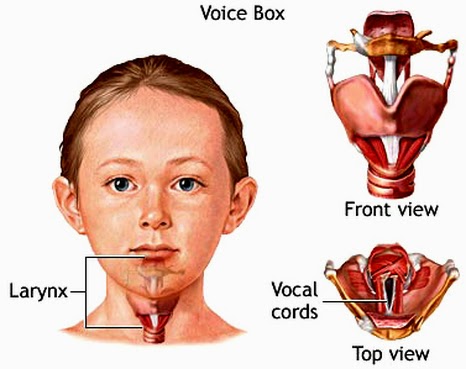Difficulty in swallowing also known as dysphagia is the disruption of the normal process of the transfer of food and liquids from the mouth to the stomach.
Often, dysphagia makes it difficult to obtain enough calories and fluids to the body and can lead to serious medical problems (dehydration and weight loss).
Other symptoms that may accompany dysphagia:
- Cough
- Hoarseness
- Reflux of gastric fluids
- Weight Loss
- Pneumonia due to aspiration
- Dehydration
Neurological disorders. Certain disorders, such as post-polio syndrome, multiple sclerosis, muscular dystrophy and Parkinson's disease, may first be noticed because of oropharyngeal dysphagia.
Neurological damage. Sudden neurological damage, such as from a stroke or brain or spinal cord injury, can cause difficulty swallowing or an inability to swallow.
Pharyngeal diverticula. A small pouch forms and collects food particles in your throat, often just above your esophagus, leading to difficulty swallowing, gurgling sounds, bad breath, and repeated throat clearing or coughing.
Cancer. Certain cancers and some cancer treatments, such as radiation, can cause difficulty swallowing.
Cancer. Certain cancers and some cancer treatments, such as radiation, can cause difficulty swallowing.
- Obstruction of foreign body
- Esophageal Stenosis
- Cancer of the esophagus
- Esophageal Achalasia
- Gastro-oesophageal reflux disease
Treatment
Treatment usually depends on the cause and type of dysphagia. The type of dysphagia will be clarified after the clinical and laboratory testing with endoscopy, an X-ray with a contrast material (barium X-ray) and a dynamic swallowing study if necessary.
Conservative treatments include:
- Change in eating habits
- Drinking fluids
- Medication for gastro-oesophageal reflux
- Exercises for sawallowing
Surgical Methods
Esophageal dilation. For a tight esophageal sphincter (achalasia) or an esophageal stricture, your doctor may use an endoscope with a special balloon attached to gently stretch and expand the width of your esophagus or pass a flexible tube or tubes to stretch the esophagus (dilatation).
Surgery. For an esophageal tumor, achalasia or pharyngeal diverticula, you may need surgery to clear your esophageal path.
Feeding tube.
Complications
- Chronic dry cough
- Aspiration pneumonia
- Significant Weight Loss
- Dehydration



































